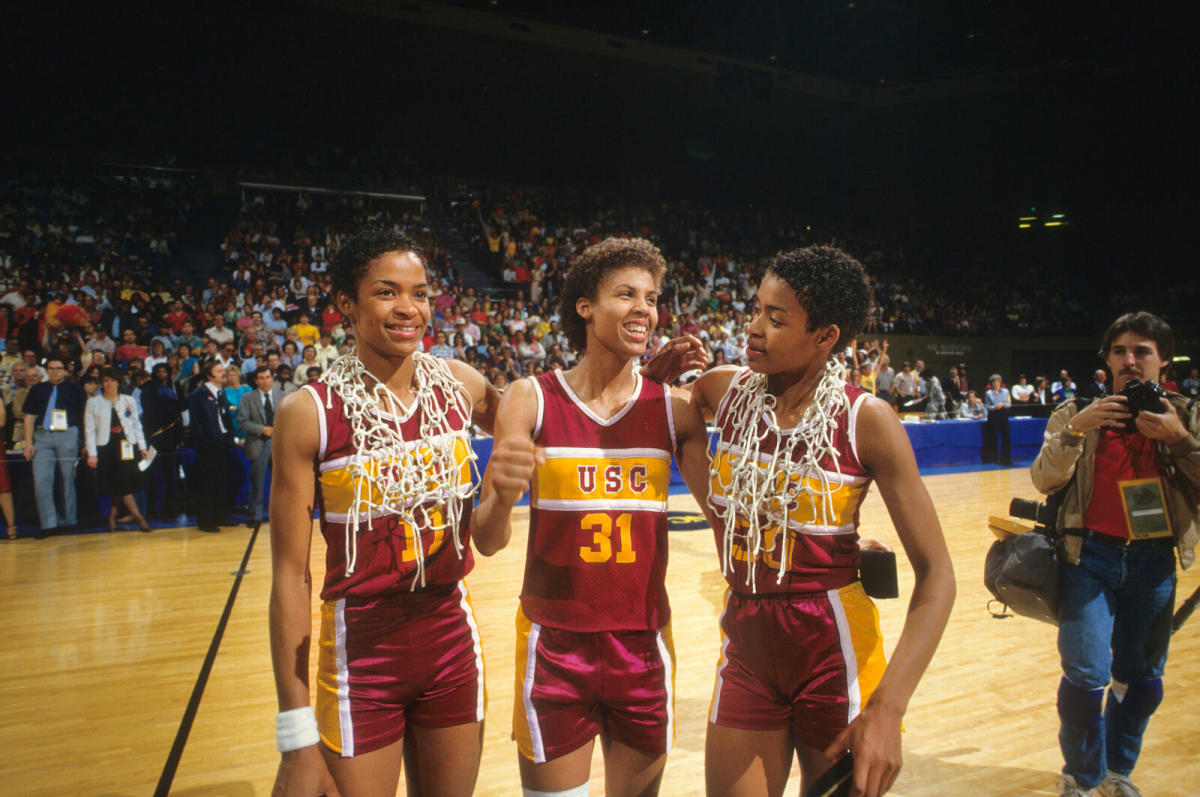Trojan Forces: Celebrating (Albeit Belatedly) the 'Women of Troy'

To put the next hour into perspective, for those too young (or perhaps uninterested) to remember the powerhouse USC women’s basketball teams of the mid-1980s, the documentary Women of Troy begins with a hypothetical: What if Michael Jordan, after putting up 63 points against the Larry Bird–led Celtics, got hurt? What if, at age 23, his playing career was over? “That’s Cheryl Miller,” Doris Burke, the veteran NBA broadcaster, explains in the film.
The story of how Miller, still hailed as the greatest women’s basketball player ever (especially by her younger brother, Reggie), challenged the establishment and took college basketball by storm has been told plenty of times. And with a Hall of Fame résumé that includes an Olympic gold medal, almost two decades as an NBA sideline reporter and the honor of being the first coach of the WNBA’s Phoenix Mercury, she is by no means a lost or forgotten figure. But rediscovering her as a player is important today, says executive producer Gary Cohen. “There’s an entire infrastructure for the mythology of male sports heroes that isn’t [there] for women,” he says. “And that’s what we’re trying to change here. That's the reason to do this now.”

Those USC teams were a phenomenon, the first women’s teams to garner mainstream media coverage. They were the first female NCAA champions to be invited to the White House, and Miller was the first women’s hoops player to grace the cover of SI (then dubbed the best college player in the nation—male or female).
“They brought this level of athleticism, speed and charisma—on the court and off—that drew a lot of attention,” says director Alison Ellwood, who draws a straight line from those women of Troy to the birth of the WNBA. After all, the dominant force in the league’s early seasons was the Trojan scorer that lived in Miller’s shadow, Cynthia Cooper. Though centered on Miller, the film, coproduced by Bill Simmons’s Ringer Films, ends up being a loving tribute to them all and a strong foundation upon which more outstanding women's stories can stand.
